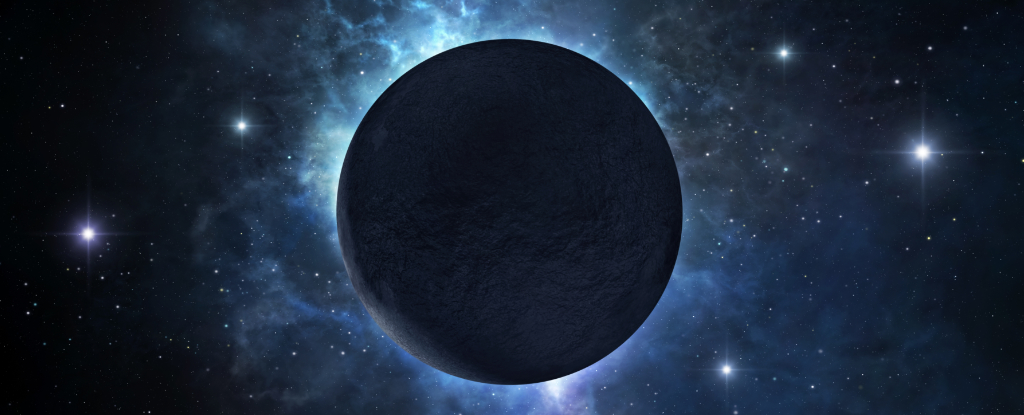
The search for a potential undiscovered planet on the outskirts of our Solar System has intensified, as astronomers investigate anomalies in the orbits of distant celestial bodies. This idea, often referred to as “Planet Nine,” has been a topic of discussion since before the discovery of Pluto in the 1930s. Initially proposed to explain Uranus’s unusual orbit, the theory gained traction again in 2016 when astronomers Konstantin Batygin and Mike Brown from Caltech suggested that something with a substantial gravitational influence could be affecting the orbits of various objects in the Kuiper Belt.
The Kuiper Belt, a region beyond Neptune filled with dwarf planets, asteroids, and other celestial debris, has been the focus of this ongoing investigation. Many objects in this area, known as trans-Neptunian objects, exhibit irregular orbits that deviate from expected patterns. This led Batygin and Brown to propose the existence of Planet Nine, which they argue could be comparable to the Moon’s influence on Earth’s orbit. Just as the Earth’s gravity affects the Moon’s path, the hypothesized Planet Nine may similarly influence the orbits of Kuiper Belt objects.
As research continues, mounting evidence supports the existence of this elusive planet. Batygin recently stated, “I think it is very unlikely that P9 does not exist. There are currently no other explanations for the effects that we see.” Observations have revealed that the orbits of these distant objects are not only peculiar but also suggest the presence of a gravitational force beyond that of the Sun.
One notable candidate in this search is an object designated 2017 OF201, approximately 700 km in diameter. Its highly elliptical orbit indicates that it may have been influenced by Planet Nine or experienced some other significant event during its formation. The object takes about 24,000 years to complete an orbit around the Sun, making it challenging to observe and analyze the gravitational effects over a meaningful timeframe.
Despite the intriguing possibilities, questions remain regarding the existence of Planet Nine. Some astronomers argue that the available data on Kuiper Belt objects might not be sufficient to draw definitive conclusions. Alternative explanations for the erratic orbits have emerged, including the influence of a ring of debris or even the theoretical presence of a small black hole. The main challenge lies in the fact that the outer Solar System has not been observed extensively enough to confirm any hypotheses definitively.
Recent discoveries have further complicated the Planet Nine theory. The recently identified object 2023 KQ14, found by the Subaru telescope in Hawaii, is classified as a “sednoid.” It orbits far from the Sun, approximately 71 AU at its closest approach and 433 AU at its furthest point. Given that Neptune is roughly 30 AU from the Sun, the gravitational influence of this planet is negligible on 2023 KQ14. The stable orbit of this sednoid raises questions about the gravitational effects of a hypothetical Planet Nine, suggesting it may need to be much farther than previously estimated.
The discovery of multiple sednoids, including 2023 KQ14, indicates that any potential Planet Nine would have to be located well beyond 500 AU from the Sun. As the search for Planet Nine continues, the limitations of current technology pose additional challenges. For example, estimates suggest that a spacecraft, such as NASA’s New Horizons, would require approximately 118 years to travel far enough into the Solar System to locate it.
Astronomers remain hopeful, relying on advanced ground- and space-based telescopes to enhance their observational capabilities. Continuous discoveries in the Kuiper Belt are expected to provide more insights into the potential existence of Planet Nine and its influence on the Solar System. As exploration of our cosmic neighborhood progresses, the mystery of what lies beyond Neptune continues to intrigue both scientists and the public alike.
In conclusion, while the existence of a massive, undiscovered planet remains uncertain, ongoing research and technological advancements are likely to shed more light on the enigmatic forces at play in our Solar System. The search is far from over, and as Ian Whittaker, a Senior Lecturer in Physics at Nottingham Trent University, suggests, “watch this space” as new revelations may emerge in the coming years.







